
We all have that friend who asks how much bacon, cheese, and avocado we eat each day on the keto diet. Sure, all three of those foods can make an appearance in your meal plan, but they don’t have to.
This down-with-bacon, up-with-plants idea has caught on in a big way, even in the keto community. I don’t think it’s a coincidence that this shift to more plant-based meals really caught on after the release of The Game Changers.
For those that want to go keto but aren’t familiar with appropriate food choices outside of bacon and eggs, it’s easy to feel overwhelmed. The same goes for those on keto that have dietary sensitivities or can’t stand the thought of another meat-and-cheese-heavy meal. This is where Keto 2.0 can help.
What is Keto 2.0?
Keto 2.0 still captures the essence of a high-fat, low-carb diet, but here are the three biggest changes:
1. Less Meat, More Plants:
The change that surprises people the most is the idea of limiting red meat consumption. Those following Keto 2.0 will get the bulk of their fat content from plant-based sources such as avocado, coconut oil, and nuts and seeds.
But it’s not just red meat that gets the cut; many proponents of Keto 2.0 also recommend decreasing the amount of dairy that you eat. That means cutting back on cream such as heavy whipping cream, yogurt, and cheese.

2. Switch Up the Protein:
For the keto athletes reading this, don’t worry, you’ll still be able to get plenty of protein. The issue with plant-based protein is that they are incomplete protein sources (they don’t don’t have all 9 essential amino acids). So how do you get complete proteins without steak, burgers, and bacon? The answer is fish.
Keto 2.0 puts more of a focus on fatty fish like salmon, sardines, and tuna. These types of fish will support both fat and protein content without carbohydrates.

3. Different Macros:
A traditional ketogenic diet has 5% to 10% of your daily macronutrients coming from carbohydrates. Given that there will be an increase in plant-based foods, which are typically rich in gut-healthy fiber, the Keto 2.0 diet allows for more carbohydrates. If you’re following a Keto 2.0 diet, you can get between 10% to 20% of your macronutrients from carbohydrates.
Worried about getting into ketosis with the extra carbs? Don’t be. Although you’re consuming more carbohydrates, most will be coming from indigestible compounds known as fiber. This will not spike your glucose levels. To be safe, be sure to maintain an exercise program as exercise is helpful for burning off those extra carbs.
Want to Try Keto 2.0?
Have you been on the traditional ketogenic diet for a while, but you’re ready for a change? Thinking about trying the Keto 2.0 diet? Have you tried incorporating more plants into your keto diet? Let us know your experience in the comments below.

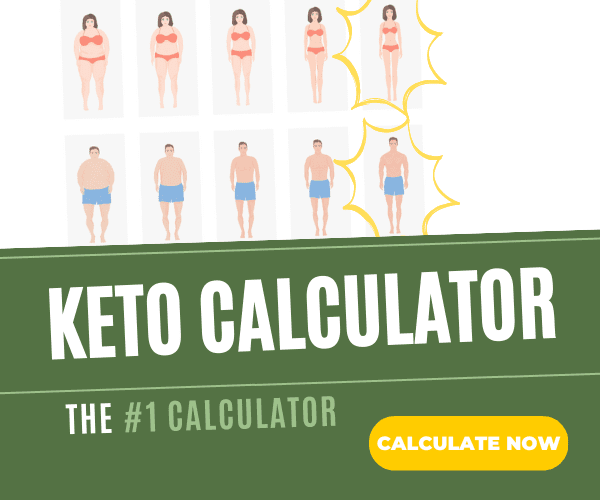

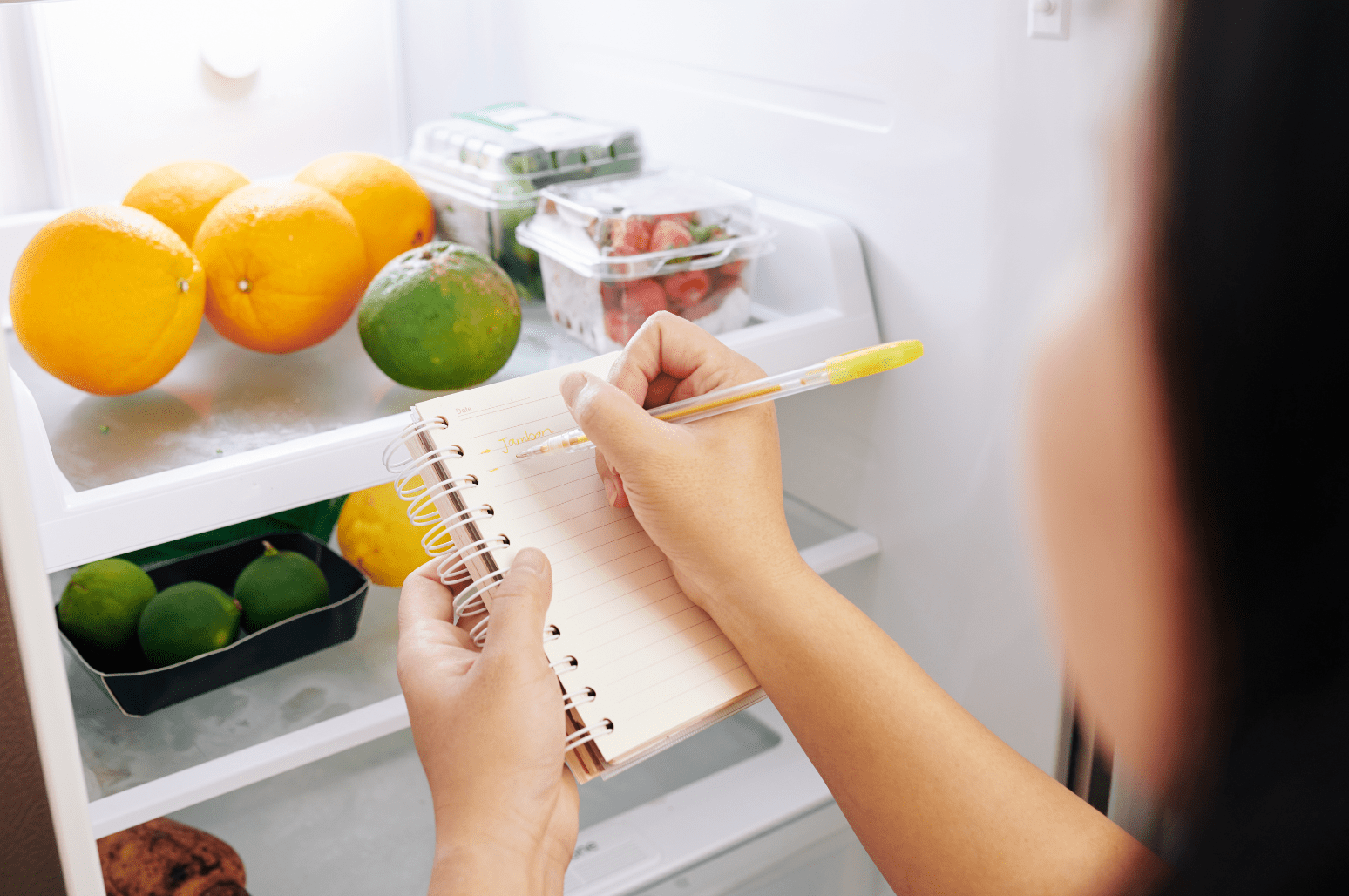
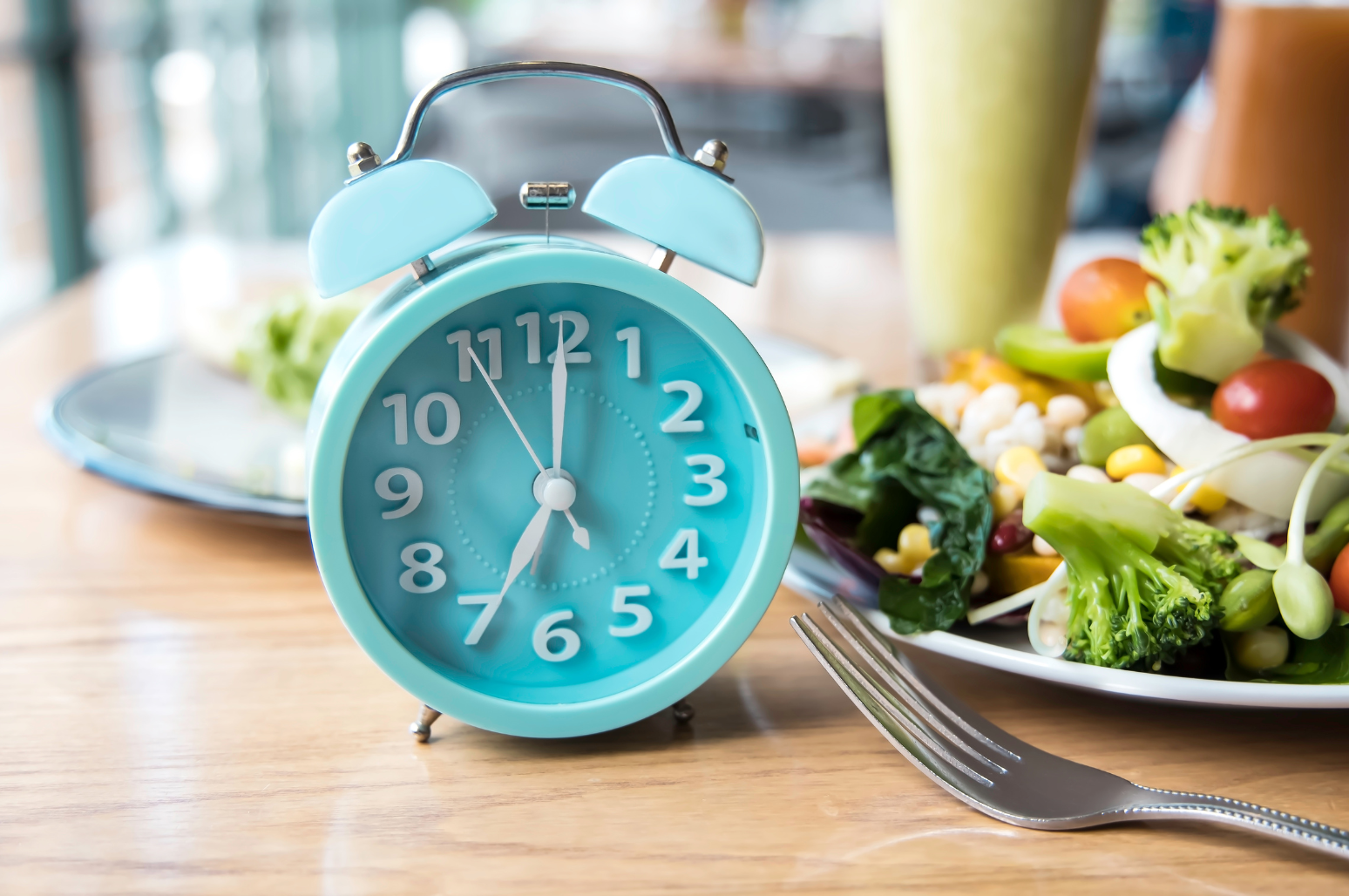
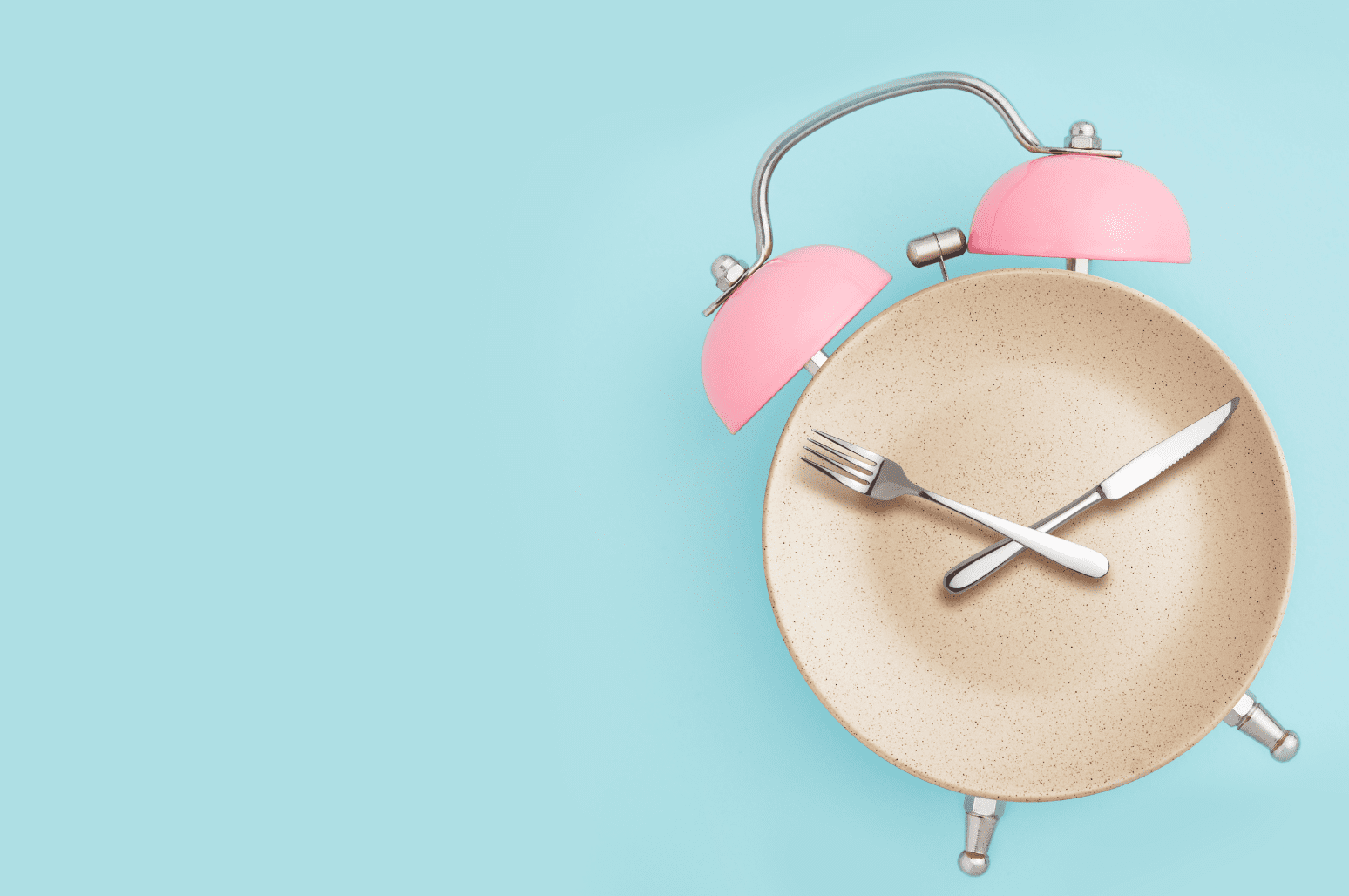
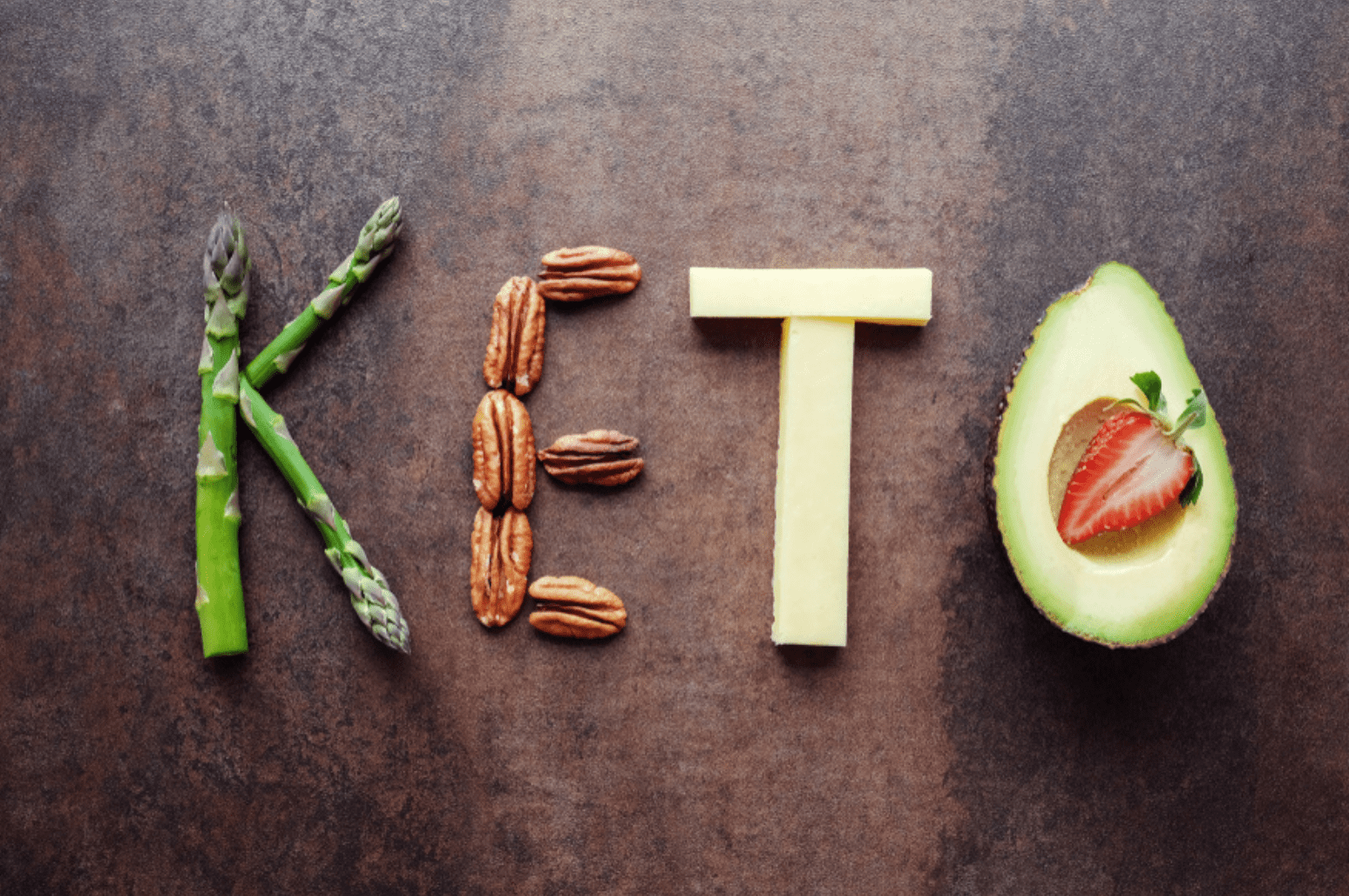

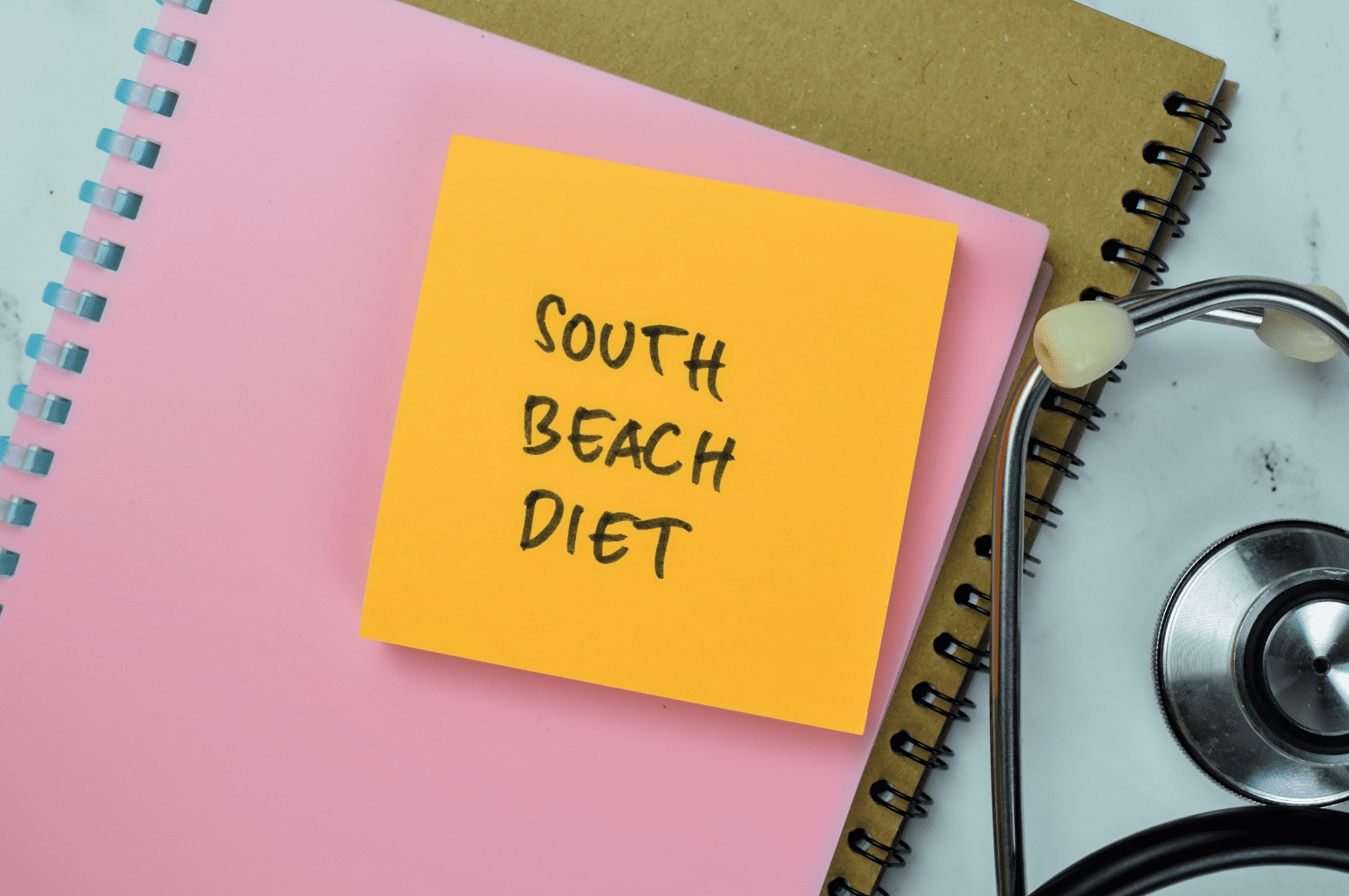

I have started to add vegetables to my keto diet .I don’t test for ketones but I have not gained any weight and now my Bm’s are more solid and I have more energy so I am going to continue doing this and some exercise at home . I also think its very important to walk after you eat a heavy meal because it can interrupt your sleep wich is important
Hi Nikki! Yes, it’s a great idea to add in low-carbohydrate, low-sugar vegetables as they are a great source of fiber and micronutrients. You can still remain within your keto macro ranges with the right veggies.